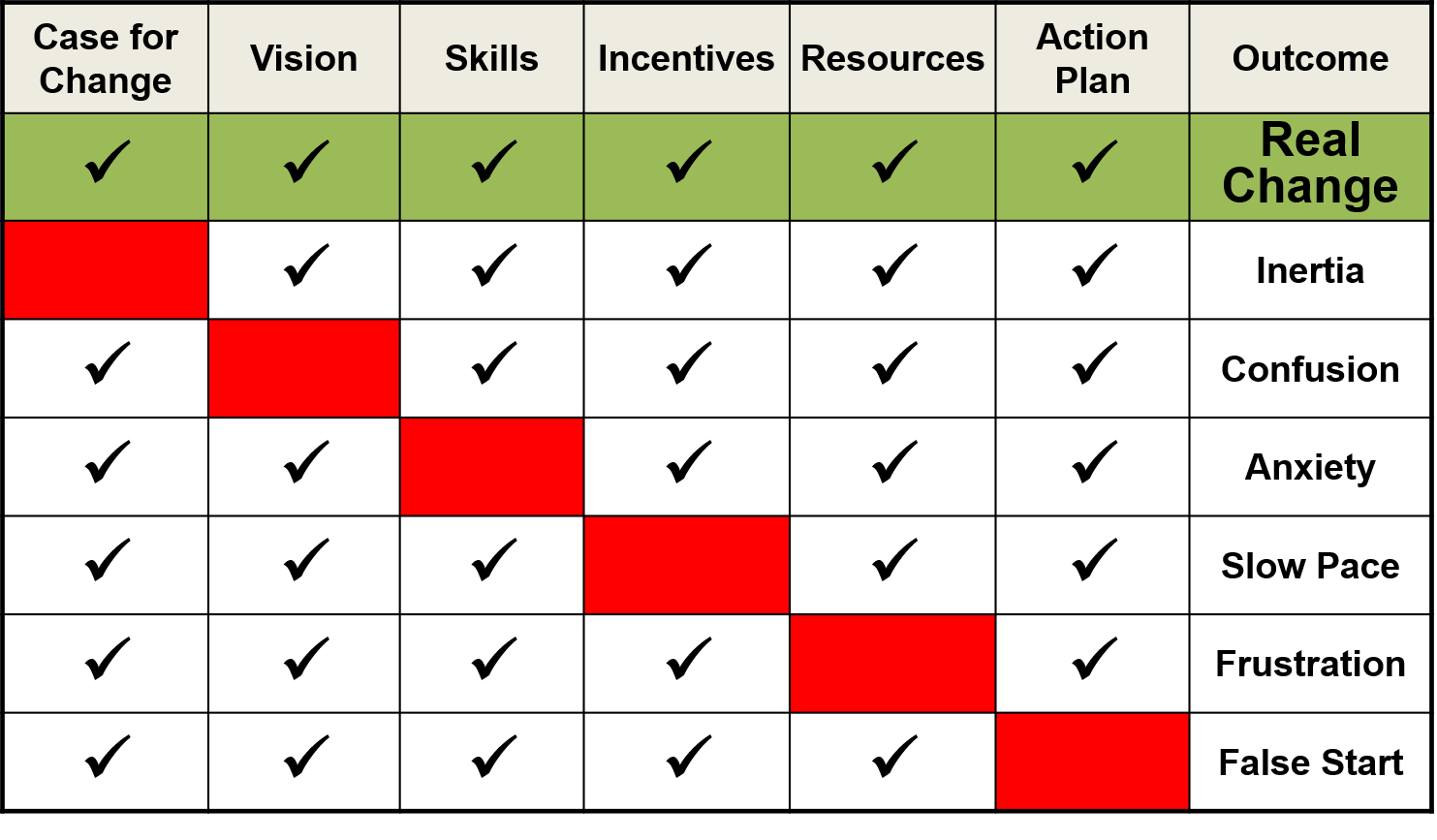
By Kon Apostolopoulos and Dr. Elia Gourgouris
In our previous article, we looked at the staggering number of people (about 80%) that fail their New Year’s resolutions by February. The primary reason can be linked to the fact they never get out of the Comfort Zone and beyond the Fear Zone. The same studies note that only 8% achieve their goals by the end of the year – or in other words, get to the Growth Zone. That leaves 12% in the Learning Zone, where they can gain valuable insights and experience, but are still missing those key ingredients to make that final leap to the Growth Zone.

In this article, we’ll look at why things fall apart and explore ways to overcome common obstacles to achieving the change we want.
To Change or Not to Change? That is the Question.
Recently, a client shared her dilemma regarding a major decision impacting her career and life. Should she continue with her present position in healthcare, where she has excelled but now become comfortable and bored? Or should she take the leap into an exciting, new opportunity full of unknowns? She described her desire to experience something new – a career opportunity that included greater responsibility, title, and financial rewards – and her dissatisfaction with her current situation. Despite this strong pull towards the new, she was still apprehensive and fearful to leave her Comfort Zone. She was trapped in the Fear Zone when she really wanted to push through to her Learning Zone and beyond, to reach her Growth Zone.
This is a common situation we encounter with many people we coach. They have wants and desires but are complacent in their habits and stifled by their fears. Growth does not take place in the Comfort Zone. It requires passage through the turbulence and uncertainty of our Fear Zone, and acquisition of new skills and habits in the Learning Zone, before we can arrive at our destination.
Not in his goals but in his transitions man is great.
Ralph Waldo Emerson
In his book “Managing Transitions“, change consultant William Bridges describes the transition process using the image of a diver on a high platform or cliff making the leap into the water. When we are looking over the edge, we have that sense of fear and uncertainty (Fear Zone). Once we commit and jump, we carry those feelings with us as we are in mid-air, but we also have a heightened sense of excitement (transitioning from Fear to Learning). When we finally land in the water, the feelings of relief, satisfaction, and achievement flood our senses (we arrive in the Growth Zone).

The Ingredients of Lasting Change
Successful people do what unsuccessful people are not willing to do.
Jeff Olson
For real and lasting change to occur, we need the following ingredients:
1. Create a case for change. Do we know our ultimate WHY? What is the primary driver for the change? Is it a desire for something better? Dissatisfaction with our current state? A crisis or scare? We need to answer this first question, otherwise it is easy for inertia and complacency to set in, and we give up with an “Oh, well. Maybe next year…”
2. Create a clear Vision of the new / desired state. How clear are we about what we want? Can we picture it? Taste it? Smell it? The more we can perceive what we want, the more we focus, the less we allow distractions to take us off our path and create confusion.
3. Obtain the (new) skills you need to succeed. How well will we do in the new reality? Can we learn new habits, skills, etc. to be successful? As adults we don’t like being novices. We feel insecure when we move away from the familiar and what we have mastered over time, resulting in a feeling of anxiety.
4. Provide the right incentives (or consequences) to drive the desired behaviors. Are we motivated sufficiently to change? Is it becoming increasingly uncomfortable trying to keep things the same way? Sometimes we are motivated to move towards what we want, and other times we act because we want to move away from an undesirable situation. The right incentives / consequences will help change behaviors sooner rather than later. The wrong ones will slow the pace of change, or even completely stall things, as we lose the motivation to change.
5. Secure the necessary resources. Do you have what we need to succeed? Do we have the time, money, tools, support, etc. to make our change a reality? How many times have we been asked to make a change, but not given the resources to make it happen? The result is pure frustration!
6. Create an action plan. Do we have a plan for how to get from “here” to “there”? Do we know what to do next? If we haven’t taken the time to create a realistic and actionable plan, to identify what to do next, we can find ourselves in a start and stop cycle. Getting excited about the idea of change but allowing our “business as usual” to stifle our efforts, as we continue to experience false starts without going anywhere.

Using the chart above, we can quickly diagnose our situation and assess what’s missing. For example, if we’re feeling frustrated, we are likely missing the right resources. If we’re feeling anxious, we are lacking the appropriate skills to make the change. If we’re feeling confused, it’s because our vision is not clear.
Through this diagnosis we gain knowledge.
Knowledge is power.
The power to change our lives!
What’s Next?
In part 3 of our series, we will present a way to create powerful goals for lasting change and the action plan to Make 2020 your Best Year!


